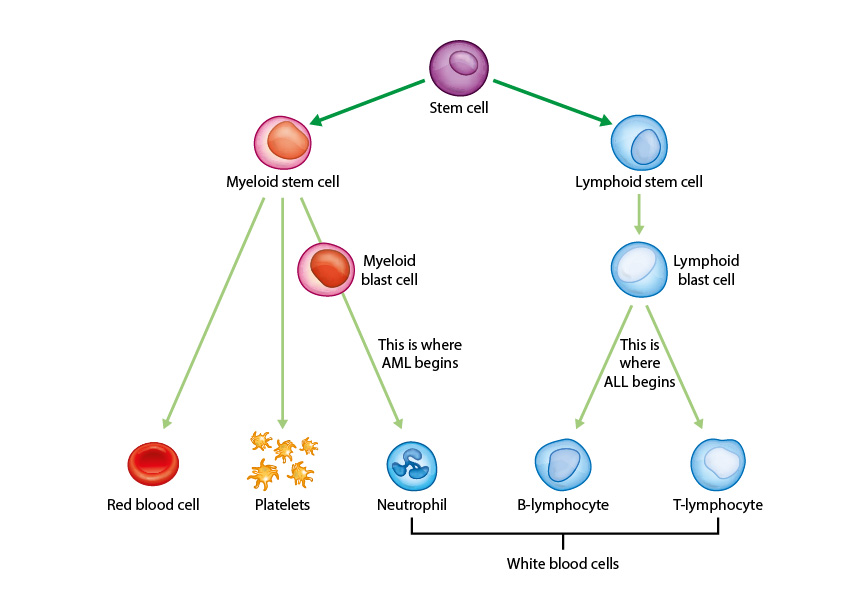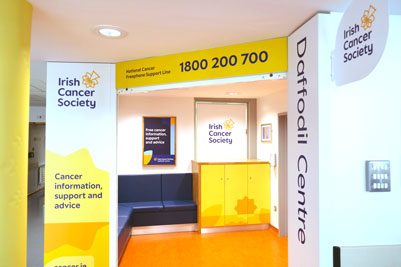Leukaemia
Leukaemia is cancer of your white blood cells and bone marrow. There are 4 main types.
What is leukaemia?
Leukaemia is cancer of your white blood cells and bone marrow (the soft spongy tissue that fills the centre of some of your bones). New blood cells are normally made in your bone marrow and then move into your blood. Old cells are replaced when needed.
With leukaemia, the process of making and replacing blood cells goes wrong. Immature blood cells divide quickly and do not grow into mature cells. These immature cells crowd your bone marrow and prevent it from making normal healthy cells.
You get symptoms because there aren’t enough healthy blood cells to do their jobs in the body and the increasing number of leukaemia cells are a burden on your system.
There are 4 main types of leukaemia. These are
Blood cells and leukaemia
To understand leukaemia it helps to understand how blood cells are made.
All blood cells come from cells known as stem cells. These start out as immature cells (blast cells) and then they develop into different types of mature blood cells.
Lymphoid stem cells develop into lymphocytes. Lymphocytes are white blood cells that fight infection. They are further divided into T-cells and B-cells, depending on how they fight infection.
Myeloid stem cells go on to form red blood cells, platelets and some types of white blood cells. Red blood cells carry oxygen to all the tissues in your body, white blood cells are involved in fighting infection and platelets form clots, which stop you from bleeding.

Types of leukaemia
There are 4 main types of leukaemia - AML, ALL, CML and CLL. Their names come from the type of cell affected by the leukaemia (lymphoid blast cells or myeloid blast cells) and from how quickly they develop (acute or chronic).
- Acute: The leukaemia develops very quickly over days or weeks.
- Chronic: The disease develops slowly, usually over months or years.
Each type of leukaemia has its own features and treatment.
Find out more about the types of leukaemia
We have information on the 4 main types of leukaemia, including symptoms, tests and treatment:
Talk to a Cancer Nurse

Support Line
Our Daffodil Centres

